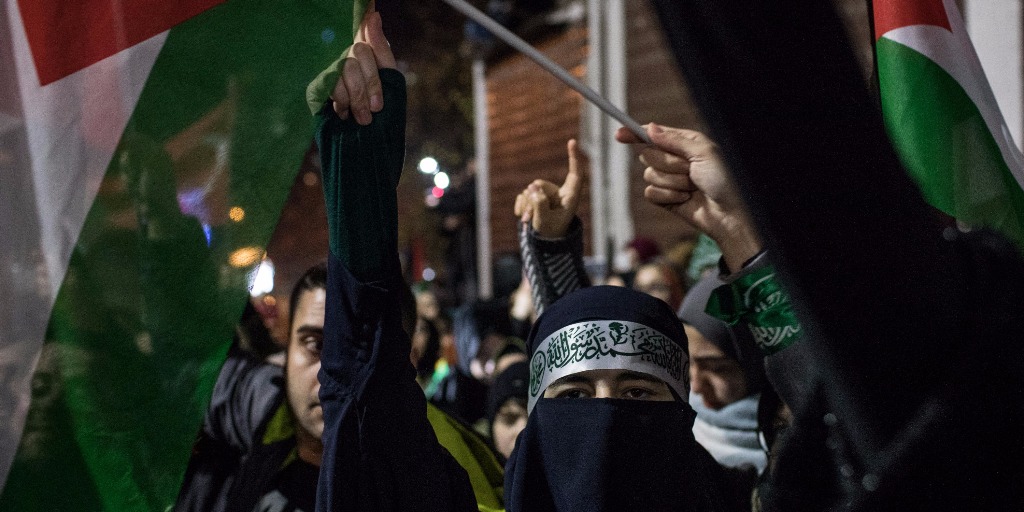By Tanvi Madan
 Over the last few years, Indian Prime Minister Narendra Modi’s government has sought to deepen its relationships in the Middle East (or what Delhi calls West Asia). It has continued its predecessors’ approach of maintaining links with Israel, the countries of the Gulf Cooperation Council (both the Qatar and Saudi/UAE wings), and Iran. Arguably, the latter is the least significant of the three for India—and definitely less crucial than India’s partnership with the United States for Indian interests. Nonetheless, for Delhi, Iran is important because of a) India’s energy interests, and b) connectivity to Afghanistan and Central Asia. Both could be affected by the Trump administration’s withdrawal from the JCPOA, which Modi in an India-Iran joint statement two years ago said represented a “triumph of diplomacy and sagacity.” In its response today, New Delhi was careful not to condemn the U.S. action—but it will not welcome the step, particularly as it comes at a time of global and regional flux and uncertainty.
Over the last few years, Indian Prime Minister Narendra Modi’s government has sought to deepen its relationships in the Middle East (or what Delhi calls West Asia). It has continued its predecessors’ approach of maintaining links with Israel, the countries of the Gulf Cooperation Council (both the Qatar and Saudi/UAE wings), and Iran. Arguably, the latter is the least significant of the three for India—and definitely less crucial than India’s partnership with the United States for Indian interests. Nonetheless, for Delhi, Iran is important because of a) India’s energy interests, and b) connectivity to Afghanistan and Central Asia. Both could be affected by the Trump administration’s withdrawal from the JCPOA, which Modi in an India-Iran joint statement two years ago said represented a “triumph of diplomacy and sagacity.” In its response today, New Delhi was careful not to condemn the U.S. action—but it will not welcome the step, particularly as it comes at a time of global and regional flux and uncertainty.









